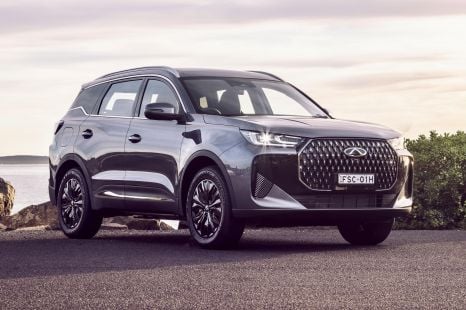

Max Davies
2025 Chery Tiggo 7 Super Hybrid review
30 Days Ago

Marketplace Editor
The upcoming Nissan X-Trail e-Powerhybrid could offer seven seats and the choice of 2WD and AWD when it lands in Australia, according to new details out of Japan.
Nissan’s Japanese consumer website details the entire range for the new-generation X-Trail, which will be offered in its domestic market solely with the company’s series hybrid drivetrain.
Both single-motor front-wheel drive and dual-motor e-4orce all-wheel versions will be offered, with e-4orce versions additionally offering the option of five or seven seats depending on variant.
The Japanese line-up includes a three-row version of the mid-spec X e-4orce – which appears equivalent to the Australian ST-L – as well as seven-seat options for the adventure-focused Extremer X e-4orce (think RAV4 Edge) and the blingy Autech e-4orce models which are likely off the cards for Australia.
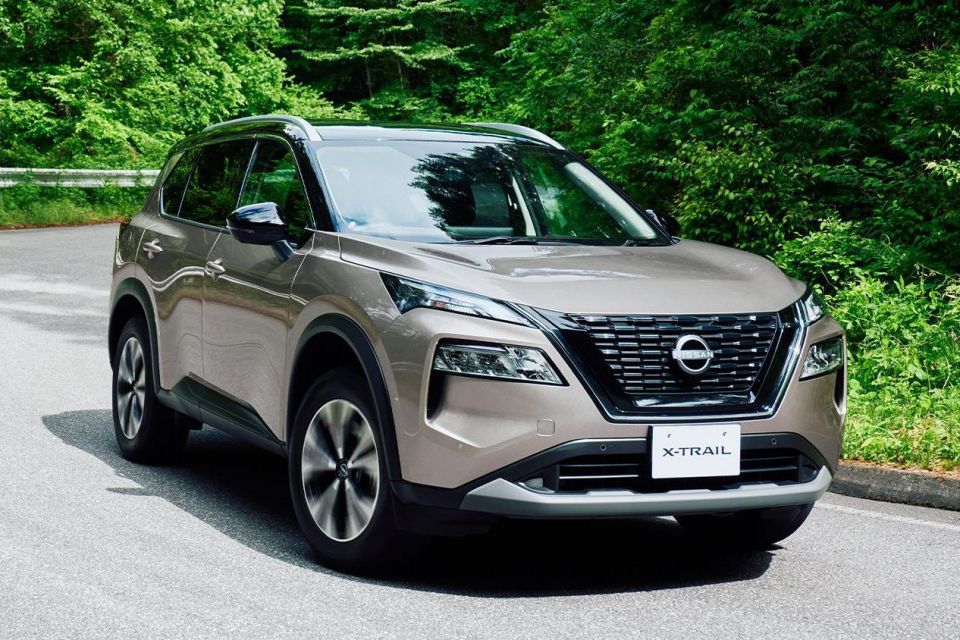

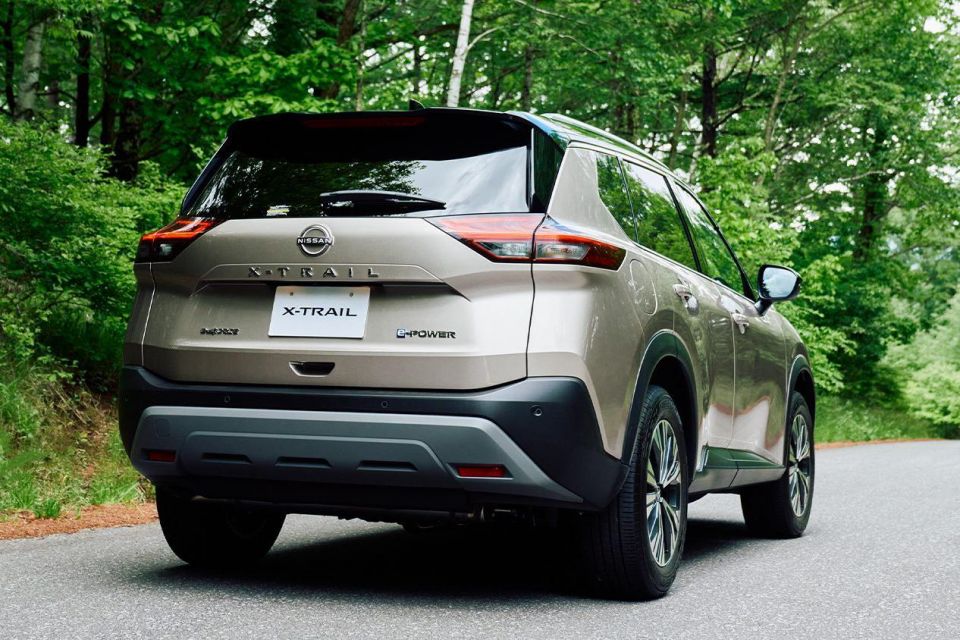
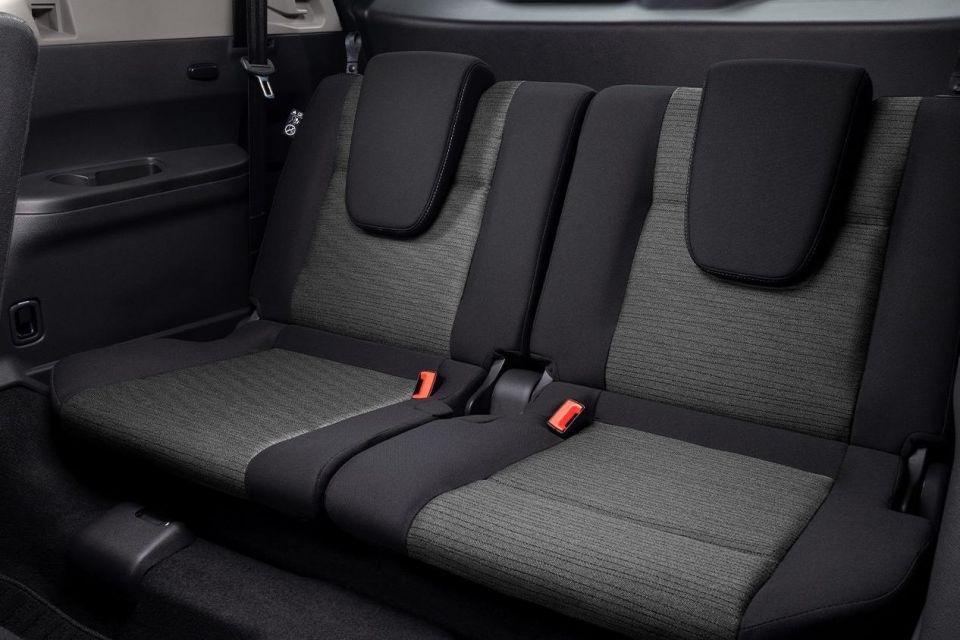
While the Australian X-Trail e-Power line-up is yet to be detailed, we know what’s available globally. It would be unusual for Nissan not to offer the three-row option as a key point of difference over the top-selling Toyota RAV4 Hybrid.
X-Trail e-Power 2WD models quote fuel economy 5.07L/100km on the Japanese WLTC test cycle. Five-seat 4WD versions manage 5.43L/100km, with seven-seat models slightly worse off at 5.46L/100km.
By comparison, a Toyota RAV4 Hybrid E-Four (AWD) quotes 4.85L/100km on the WLTC cycle.
All versions of the Nissan X-Trail e-Power feature a 150kW/330Nm electric motor on the front axle, with e-4orce versions adding a 100kW/195Nm e-motor on the rear axle allowing for variable all-wheel drive. Nissan doesn’t quote total system outputs for e-Power 4WD variants.
The RAV4 Hybrid’s 2.5-litre petrol engine and electric motors develop 160kW in 2WD guise, while AWD versions pack 163kW thanks to an additional e-motor on the rear axle.
The motors are fed by a small lithium-ion battery hooked up to a 106kW/250Nm 1.5-litre turbocharged petrol engine featuring variable compression technology.
The petrol engine’s sole purpose is to keep the battery pack juiced on the move, with the electric motors (powered by the battery, which is charged by the engine) driving the front wheels. The X-Trail e-Power features a 55-litre fuel tank according to Japanese specifications.
The Nissan X-Trail e-Power also features active noise cancelling technology to minimise engine noise that may not correlate to driving speed (as the petrol motor doesn’t directly drive the wheels), and to reduce road noise.
Nissan’s e-Pedal also features in the X-Trail e-Power, first seen in vehicles like the all-electric Leaf hatchback and Ariya SUV. It allows for one-pedal driving via regenerative braking, and Nissan claims up to 0.2G of deceleration is achievable in the hybrid X-Trail.
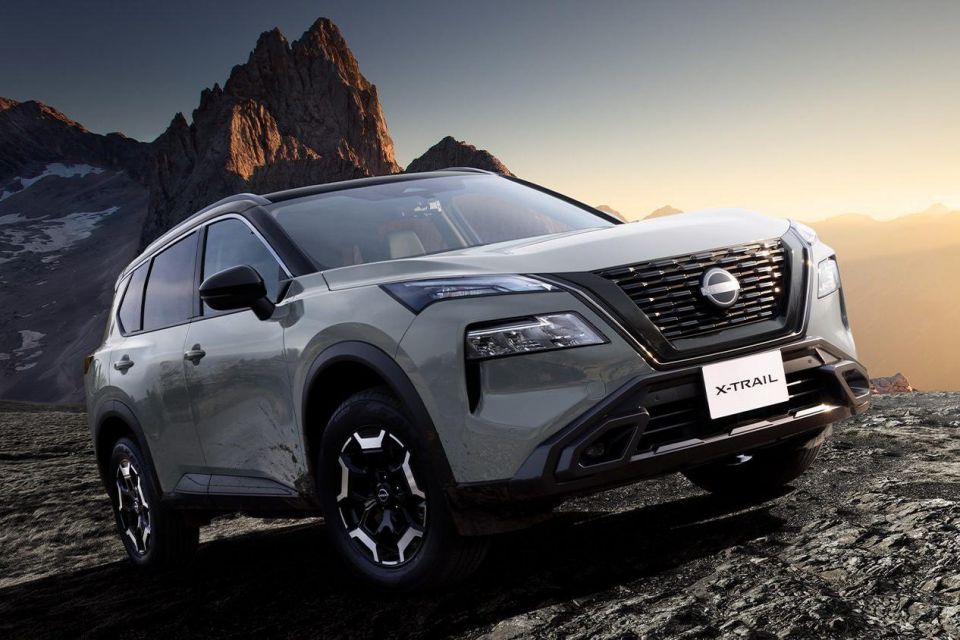

The X-Trail e-Power range is expected to arrive in Australia during the course of 2023, though the brand’s local arm hasn’t confirmed definitive timing as yet.
Petrol-powered versions of the X-Trail are due imminently, running the same 135kW/244Nm 2.5-litre naturally-aspirated petrol engine as the related Mitsubishi Outlander, hooked up to a CVT automatic. For the full pricing and specifications breakdown click here.
The X-Trail will be the second e-Power model to make it to Australian showrooms, following the smaller Qashqai which is due late in 2022 or early in 2023. Read more about that car here.
Stay tuned to CarExpert for all the latest, and let us know your thoughts in the comments.
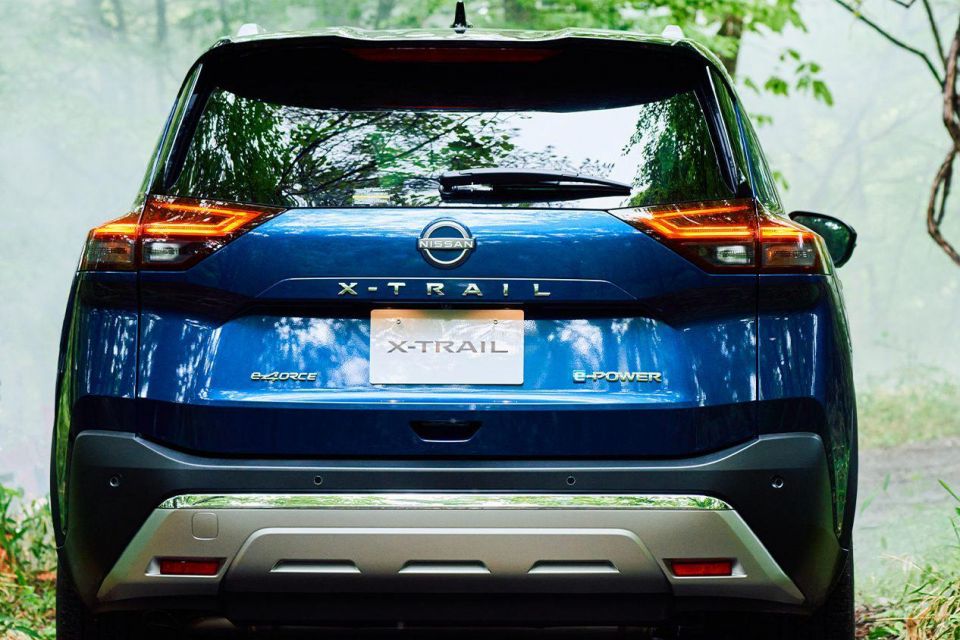
Click the images for the full gallery
Where expert car reviews meet expert car buying – CarExpert gives you trusted advice, personalised service and real savings on your next new car.
James is an automotive journalist based in Melbourne, Australia. Before joining CarExpert.com.au in 2020, James has worked at leading auto media outlets including Carsales and CarAdvice, as well as at Pulse agency for Ford Australia's communications team. In 2019 James made Mumbrella's 'Top 20 most prolific web authors in Australia' list after publishing 1,360 articles between March 1, 2018 and February 28, 2019 for CarAdvice. James is also an Ambassador for Drive Against Depression – an Australian charity whose mission is to support mental wellness through the freedom of driving and a shared love of cars.


Max Davies
30 Days Ago


Max Davies
17 Days Ago
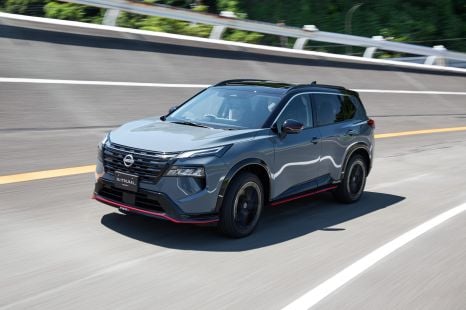

William Stopford
6 Days Ago


Andrew Maclean
6 Days Ago
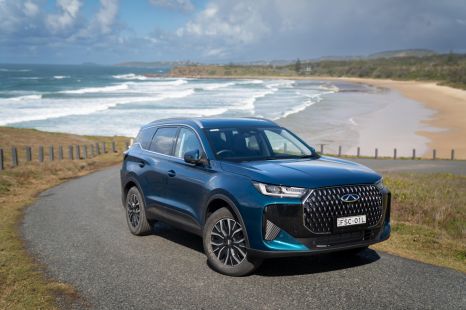

Andrew Maclean
4 Days Ago
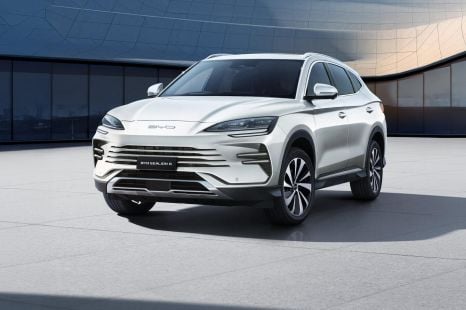

William Stopford
4 Days Ago